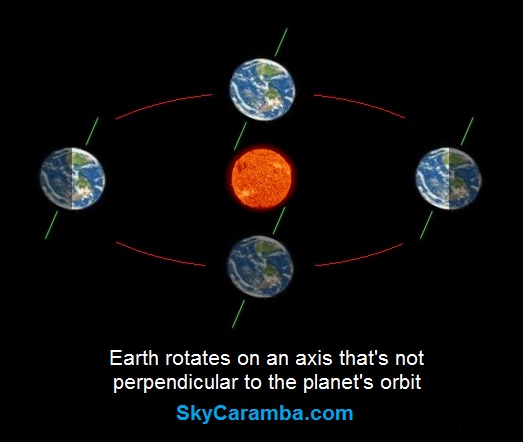¡SkyCaramba! Weekly astronomy blog for the week ending December 20, 2014
The sun will be at its southernmost point on Sunday, December 21. It will be 23.4° south of the equator. You’ll probably hear about this solstice in the news or social media. Not so many people pay attention to the moon though. It will also be at is southernmost point, 18.7° south of the equator. That’s call the lunistice.
When the sun goes as far north or south as it will before changing direction, it’s as though it halts in its tracks. And so two Latin words meaning sun and standing still were combined to create the word solstice. Likewise,  lunistice is the combination of Latin words for moon and standing still. But most people have never heard of the lunistice because it doesn’t have nearly as much effect on their lives.
lunistice is the combination of Latin words for moon and standing still. But most people have never heard of the lunistice because it doesn’t have nearly as much effect on their lives.
The solstice happens because the axis, or line that would run through the north and south poles, is not at a right angle to Earth’s orbit around the sun. The earth is, in a manner of speaking, tilted. During the year it takes to go around the sun, one pole will be tipped toward the sun and gradually “lean” away from the sun, and then start going back. That’s why during the year, it looks like the sun moves north until it gets to a certain point, and then southward to a certain point, and then back again.
Thousands of years ago, people didn’t understand any of this. But it was easy for them to recognize how regularly the sun’s position changes and that it’s synchronized with the seasons. The almost exactly 365-day cycle forms a major component—sometimes the principle component—of many major calendar systems.
The moon also moves in regular ways, and its motions are also a major component of many classical calendar systems. However, even those calendar systems don’t pay attention to how far north or south the moon is. Rather, they note the moon’s phase, which results from movement on an east-west line and doesn’t depend on north-south motion. For most people, a far north or far south moon is not noteworthy.
Nevertheless, you who like astronomy can enjoy the fact that a southern solstice and southern lunistice are happening on the same day this year. And, depending on your time zone, you may even get a new moon on the same day! Lunistice is at 18:23 Universal Time on the 21st. Solstice is at 23:04. And the new moon is at 01:36 on the 22nd. For most of the western hemisphere, local time for all of these events will be on the 21st. For eastern Asia, Australia, and the western Pacific, local time will be on the 22nd.
¡SkyCaramba!